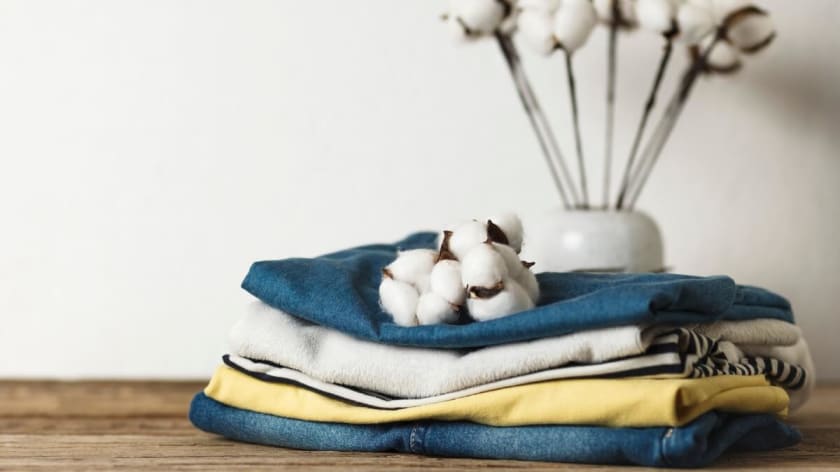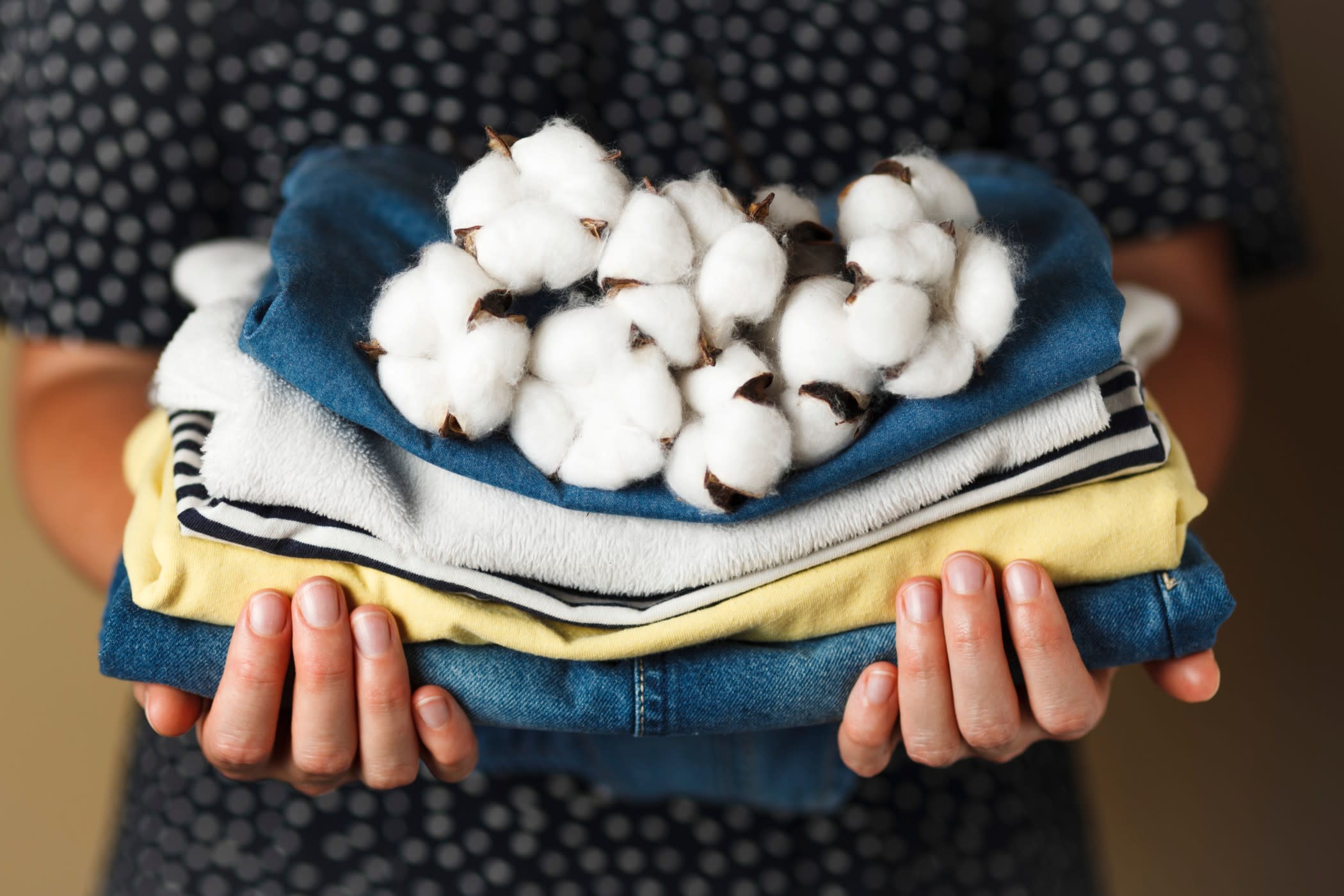10 Sustainable Fabrics for Most Eco-Friendly Fashion



The fashion industry has been held responsible for causing enormous damage to the environment, and unless we begin to make sustainable choices immediately, the consequences are bound to worsen. The textile industry is responsible for causing 10% of the global carbon emissions and with the advent of fast fashion, more than 85% of the apparel produced every year ends up in dump files. The industry drastically pollutes the water, air, and soil.

However, we presently have the potential to reduce these damages by a great extent and we can do so by making a couple of sustainable choices. By intentionally switching to sustainable fabrics, we can help the environment to a considerable degree. This blog introduces 10 highly sustainable fabrics which we should continue to use in the future.
Plant Based Natural Fabrics
These fabrics are derived from naturally grown plants which do not use chemicals and hence, they are considered to be ‘vegan’ fabrics. When produced in a sustainable fashion, they have the lowest negative impact on the environment.
1. Organic Cotton
It is high time for us to note the difference between traditional cotton and organic cotton, since the latter is a lot more eco friendly. Cotton is undisputedly the most-used fabric in the clothing industry, which is why it is cultivated extensively.
The major problem with traditional cotton is that they are repeatedly grown on the same land, causing the lands to lose their nutritional value. To improve the fertility of the soil, huge quantities of water is required, leading to wastage of resources.

Organic cotton, on the other hand, is rotated from one soil to another which reduces their demand for water - they get the chance to thrive on natural nutrients. Moreover, with organic cotton, there is an exclusive use of natural seeds while neither chemicals nor pesticides are used to grow them.
Bugs are controlled naturally through an efficient deployment of an insect army. The harmful effects of chemicals on artisans and consumers are removed in case of organic cotton, making it a healthier alternative for all.
2. Organic Hemp
Hemp has been identified as one of the fibers that have a minimum negative impact on the environment. It is a plant-based fiber that requires no chemicals or pesticides to grow. In fact, the plant itself releases certain nutrients that go on to enrich the soil they are grown on.
Besides, hemp requires much less water than cotton and absorbs more Co2 from the atmosphere than common plants. Owing to their numerous positive impacts on the environment, hemp is promoted by eco-conscious fashion brands as the fabric for the future!
3. Bamboo Linen
Bamboo linen is distinct from other fabrics due to a number of reasons, but most importantly, they are valued because they can be used without any external usage of water as long as there is sufficient rainfall in the area where they’re grown.

One of the chief allegations rightly posed against the clothing industry is the wastage of water, which is eliminated when we embrace bamboo linen. Bamboo fibre can be harvested without killing the trees, and consequently the trees can grow back again at a rapid pace sustaining a continuous supply of the fibre!
4. Ramie
Ramie is a natural fibre which has been in use for more than 6000 years and it can produce highly sustainable fabric that is considered to be 8 times stronger compared to cotton. It is a durable fabric that can last for years and hence can be used as the raw material for clothes which are subjected to regular use!

5. Organic Jute
There are few fabrics as sustainable as jute provided that it is biodegradable, recyclable, and highly durable at the same time! This fabric is coarse in texture and is derived from the stalk of bast trees. When they are cultivated in organic methods, they can be the most eco-friendly fabric one can presently imagine.

Semi-Synthetic Fabrics
Produced from natural sources, semi-synthetic fabrics make limited use of chemicals and are the next best alternatives to organic fabrics.
6. EcoVero
Synthetic fibres have more harsh impacts on the environment compared to the natural ones, but there are some variants which are less harmful compared to others, and one such variant is EcoVero.
It is a type of viscose especially produced by the brand Lenzing to consume 50% less water in comparison to common variants of viscose. The fibre is derived mostly from bamboo and other pulp trees. It is counted among highly sustainable semi-synthetic fabrics.
7. Modal
Produced by Lenzing to be less environmentally disruptive than rayon, modal is a fabric made from the pulp of beech trees, which do not require enormous quantities of water or chemicals to grow. When produced responsibly, modal can grow on recycled natural sources within a closed loop system which makes it a sustainable semi-synthetic fabric.

Recycled Fabrics
Recycled fabrics help to reduce the amount of waste generated by the apparel and other industries by allowing for discarded products to be recycled and reused. Also, recycling existing waste fabric reduces the need to create virgin fabric, thereby reducing waste generation in two ways.
8. Recycled Polyester
One of the raging concerns in terms of environmental pollution today is plastic, or single-use plastic to be more precise, which end up in landfills and water bodies - ready to survive longer than their users.

Recycled polyester partly solves this problem by reusing pre-used plastic to produce clothes, and the fabric can be moulded into anything from fleece to elastic activewear. However, they continue to release microfibers when washed without filters and are not as safe or eco-friendly as natural fibres!
9. Recycled Nylon
An effective alternative to virgin nylon, recycled nylon is made from pre-used clothing fabric or from other forms of previously consumed nylon such as fishing nets. Commercial use of discarded fishing nets prevents them from ending up as garbage in the sea, making the marine environment relatively safer for marine lives.

Animal Based Natural Fabrics
These are naturally occurring fabrics which are derived from animals. They are generally associated with animal cruelty and we should collectively strive to reduce their usage in the future.
10. Sustainable Silk
Animal based fabrics - whether it be leather or wool - are mostly products of animal abuse. Environmentally conscious brands are increasingly steering away from them and choosing ‘vegan’ fabrics as better alternatives.

Yet, if one wants to know of a relatively less harmful animal based fabric, it has to be silk. In most cases, sericulture impacts the natural life cycle of the silkworms but in rare cases, when they are bred in a sustainable fashion, the silkworms are able to continue with their natural life cycles after the silk has been collected. Apart from this, silk is an entirely compostable fabric which makes it safer for the environment.



















